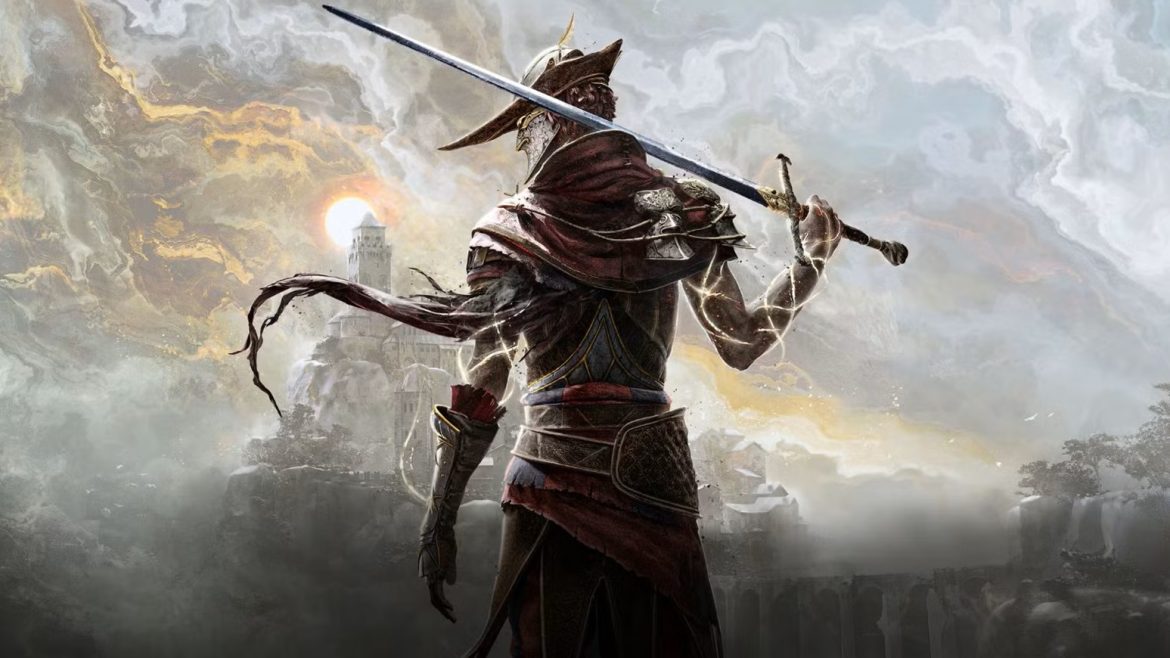Enotria: The Last Song – After game stream Dark Souls released, creating a new wave in the gaming world with “Souls-like” gameplay with struggling “buffalo blood” monsters, to seemingly immortal bosses ready to “torture players”. “, bringing harsh challenges to gamers who are always proud of their “quick hands and quick eyes”.
The influence of the Souls-like style is so great that many game producers have to try it, at least once, from veteran producers to “newcomers” of the game industry, to name a few. to names like Star Wars Jedi by veteran developer Respawn Entertainmentor even “blockbuster” Black Myth: Wukong – the first product of Game Scienceis also heavily influenced by this type of game.
In that context, Jyamma Gamesa studio founded only in 2019 in Italy, decided to build its own Souls-like game called: Enotria: The Last Songimbued with the colors of Renaissance myths in this land.
In an environment where Souls-like games are booming today, can the young Italian studio make a difference?
Let's learn about the game with MarkGame through the following review, everyone!
YOU WILL LIKE
A new context!
Italian culture is an extremely huge treasure of humanity, most especially the explosive art forms that originated the Renaissance movement, creating many sources of inspiration for modern arts, including There is a whole world of games with works such as the epic poem “The Divine Comedy” by Italian poet Dante Alighieri, which is in turn integrated into game genres such as Devil May Cry nice Shin Megami TenseiItalian music and opera are frequently heard throughout Hitman or the Italian political context of this period is recreated through the games in part two of Assassin's Creed.
Come to Enotria: The Last SongJyamma Games chose a new and much more strange setting so that players can explore another aspect of Italian art, which is the dramatic art of Canovaccio, a type of comedy that was formed and developed. developed during the Italian Renaissance.
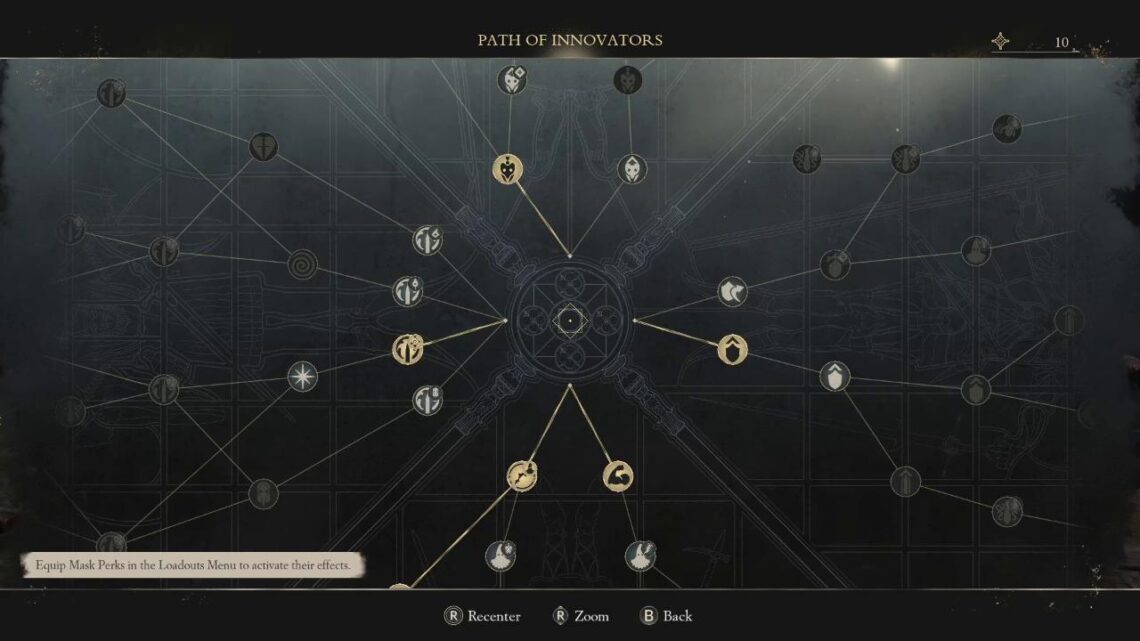
This type of comedy is performed with comedians, evolving from the medieval form of clowning, with characters wearing different types of masks to express their personalities, somewhat similar to faces. Noh mask in Japanese opera, or Peking opera mask in traditional Chinese art.
These theater troupes often travel everywhere, so their scripts are often censored by the governments of the local cities where they tour to suit the interests of the ruling class. But the ironic thing is that people really like to listen, and like to reward money for details that satirize, attack, and even “unmask” the aristocracy.
Therefore, even though they have submitted the script for censorship, the actors will often improvise with a free style outside the scope of the script during the final performance and then… take the money and run away.
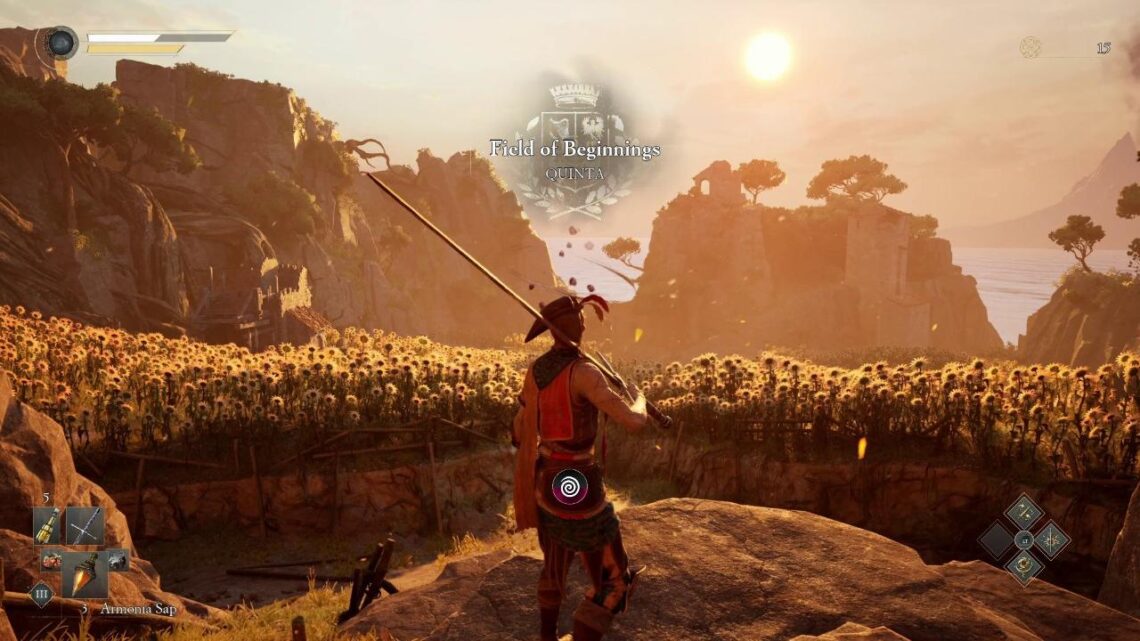
This type of comedy represents the desire for freedom, against oppression and power in a world where “maskers” are the ones manipulating everything.
It's a bit long so that readers can easily feel the hidden elements within the story, which cannot be fully conveyed with just a few short minutes of the game's opening video.
With inspiration from Canovaccio's dramatic art Enotria: The Last Song brings gamers to the world of plays, with the main character Maskless One, the only puppet without a mask in the play who wants to break free to find freedom like Pinocchio, against enemies and gangs. hands and feet through the levels.
Through each level, you will travel through lands imbued with the natural and architectural influences of medieval Italy, with areas bathed in the gentle sunshine of the Mediterranean, yet hidden. Then there are the evil forces that manipulate destiny like puppets.
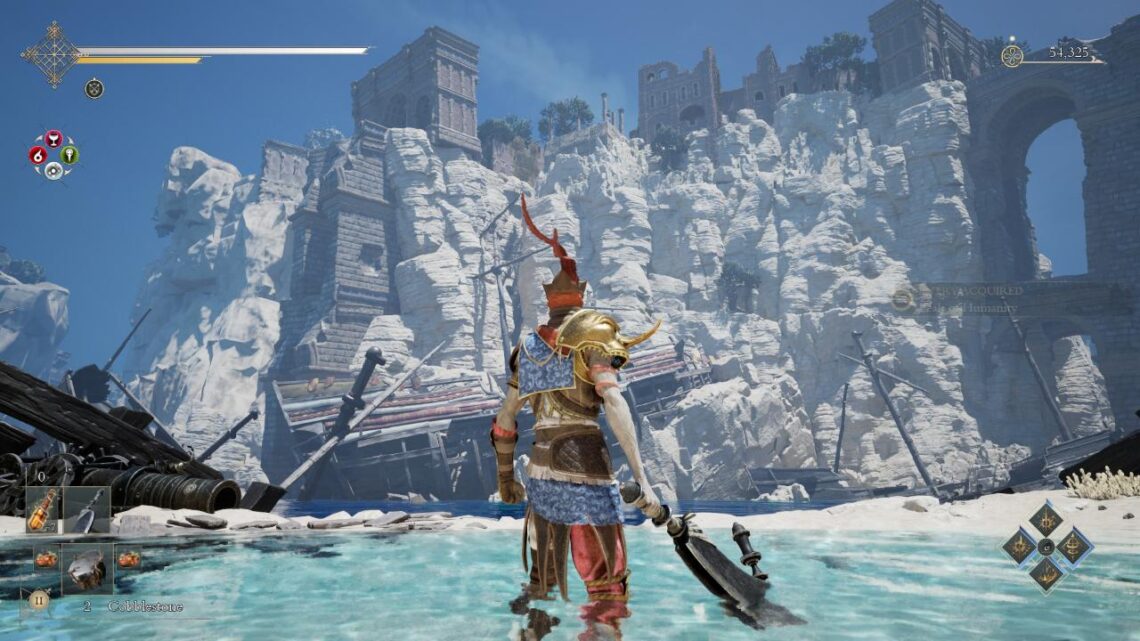
It must be said that in the art design stage, the game making team from Jyamma Games has done their role very well in bringing players something “very Italian” from scenes filled with light, to miniature paintings. Richly depicts Renaissance painting, even the puppets with flashy costumes and masks – the main focus of the game.
This expression is similar to what the firm Spiders did to recreate a “Gearpunk” style France as the main highlight in the Souls-like game Steelrisingbringing a unique feature to the game series that has many similar elements in gameplay.
With inspiration from Canovaccio's dramatic art Enotria: The Last Song brings gamers to the world of plays, with the main character Maskless One
You will be overwhelmed by the beauty of the scenery, the architecture and the art in the game with bright images and colorful colors, sometimes even having to immerse yourself in the game world. to explore beautiful landscapes and corners of the map to find more information, monsters or useful items.
This is different from the way most other successful Souls-like games are Dark Souls 3, Nioh nice Bloodborne create “atmosphere” for players with dark scenes, narrow corridors and ferocious monsters ready to jump on you.
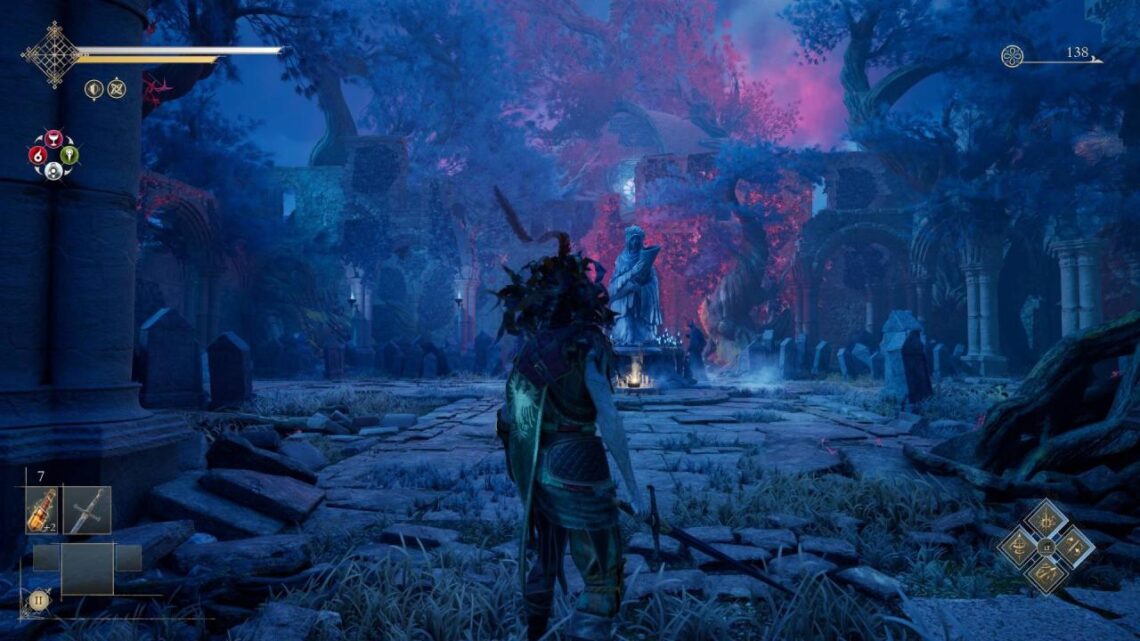
Although there are many scenes where players have to move around in buildings or theaters, they are not really dark like the games mentioned above. How to set up internal lighting Enotria: The Last Song Different colors create a somewhat dreamy scene, easily regulating the player's emotions, just like a stage play with neat lighting and layout to express emotional intentions. director's emotions.
That's not to mention a few large, open scenes that “learn” from successful games Elden Ring It further overwhelms players with the Italian landscape, creating a unique feature of the game that you can hardly feel from any other game.
Sound is also a point that the game developers have meticulously taken care of, with many background music composed by Aram Shahbazians.
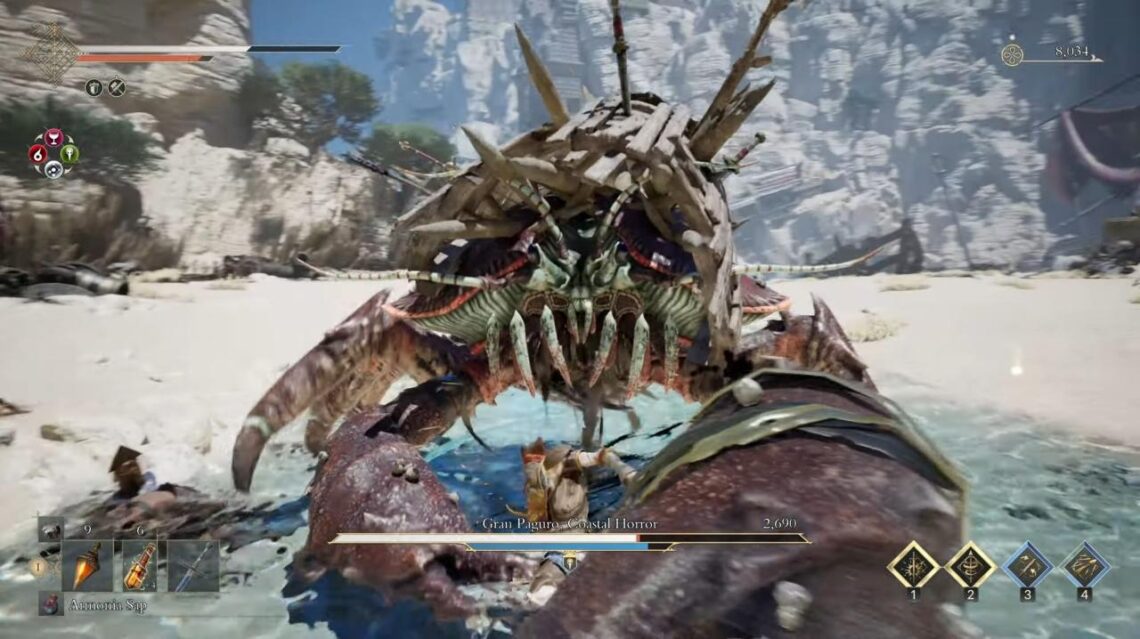
He is one of the rather secretive musical names that “specializes in” the majestic symphonic music genre, having contributed to many famous game projects, including horror games. Song of Horror or blockbuster game Cyberpunk 2077.
Aram Shahbazians' background music plays at the right time and place, often with fierce boss battles, bringing a certain inspiration to players. Especially with the use of Tenor and Soprano vocal bands, which are very typical of Italian music of the Renaissance and Early Modern periods, creating a heroic sound for the match, different from the use of percussion to lead the rhythm in the matches. Modern Epic music.
This is the point that the writer appreciates the most in this game when it conveys all the “Italian quality” of the game.
Overall, the picture – sound and plot Enotria: The Last Song are all presented very well, creating enough excitement for players, especially at the beginning stages of getting acquainted with the game.
YOU WILL HATE
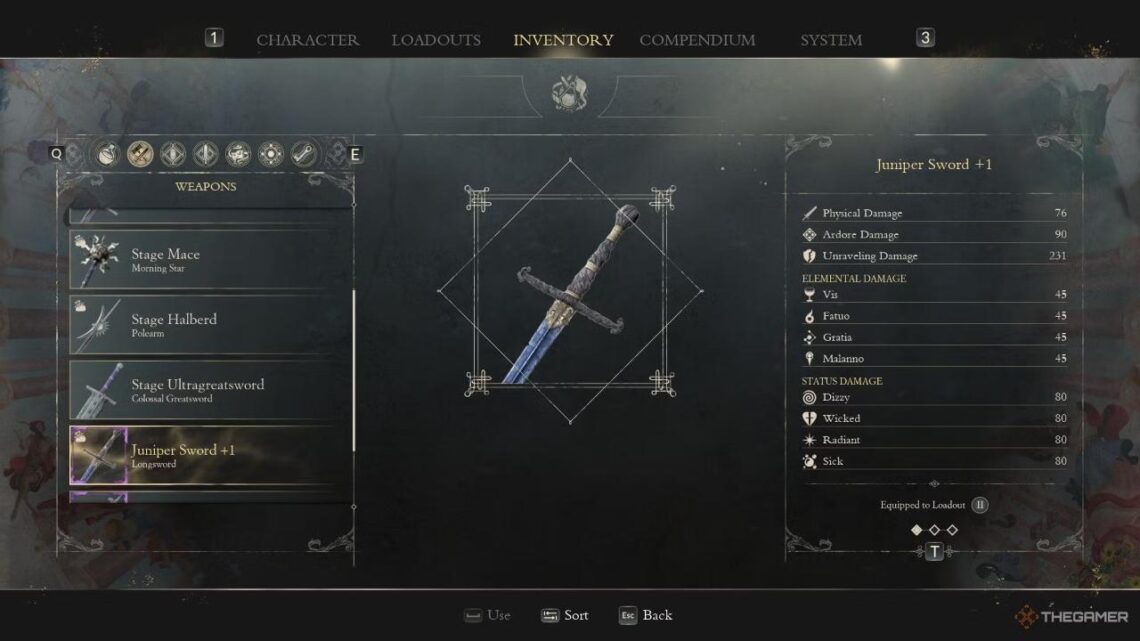
The possibility of development has not yet “arrived”!
After a fairly okay start, Enotria: The Last Song began to reveal many problems, both technical and ambitious in design but not yet implemented and operated as expected.
First, technical errors occur, causing discomfort for players.
The first error that the writer encountered was the error… mouse hanging and keys sticking. During a “temporary exit” with the Alt+Tab key combination, the player's mouse is stuck in the corner and there is no way to change it.
Even some buttons like ESC to exit the game cannot be activated, forcing the writer to end the game with the key combination Alt+F4.
It doesn't stop there, sometimes the monster or even the boss suddenly freezes, allowing you to attack. Unless you create an attack that can knock the opponent down, the machine's AI will be reset to attack you as before.

So you can completely “bleed” your opponent little by little until activating the next AI scenario.
Besides, Enotria: The Last Song also possesses a massive skill tree system, a huge number of weapons up to 120 types, block gems and masks for players to use and experiment with, bringing not only looks and moves. new but also adds some changes in the character's stats.
But in reality, you will discover that even though there are many options, they basically don't make too much of a difference, perhaps due to the team's effort to balance the game.
In other words, you will quickly realize that using a few “familiar” options is still the most important factor throughout the game's approximately 7-hour journey.
Developing so many factors for players to choose from is really unnecessary.
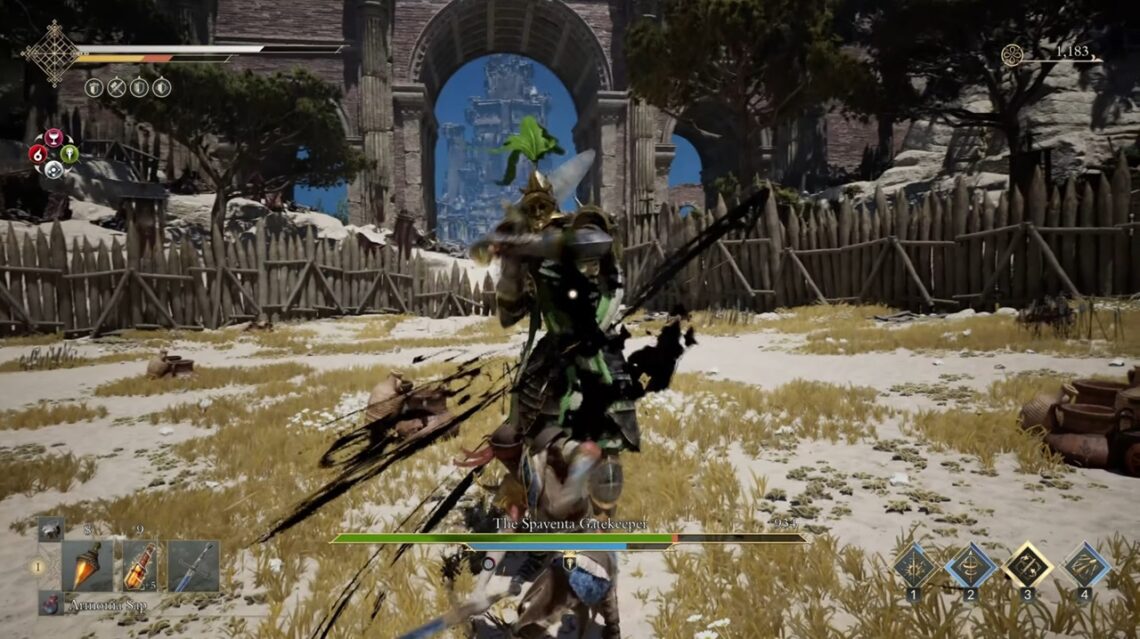
Meanwhile, the rival design also has the same problem.
Even though they have many different types, sizes, and moves, most computer opponents have only one goal: to roll at you, then bombard you with corner attacks. into a “dead corner”, forcing you to dodge and block as many attacks as possible and then counterattack.
As a result, almost all boss battles have similar progression and ending methods, except for the battle with the Pantalone and Balanzone pair, which brings a bit of difference.
Overall, with many added elements, the end result is somewhat “an elephant's head and a mouse's tail”, along with technical errors. Enotria: The Last Song shows that the game's true development has not really “arrived” as expected.
After a fairly okay start, Enotria: The Last Song began to reveal many problems, both technical and design
